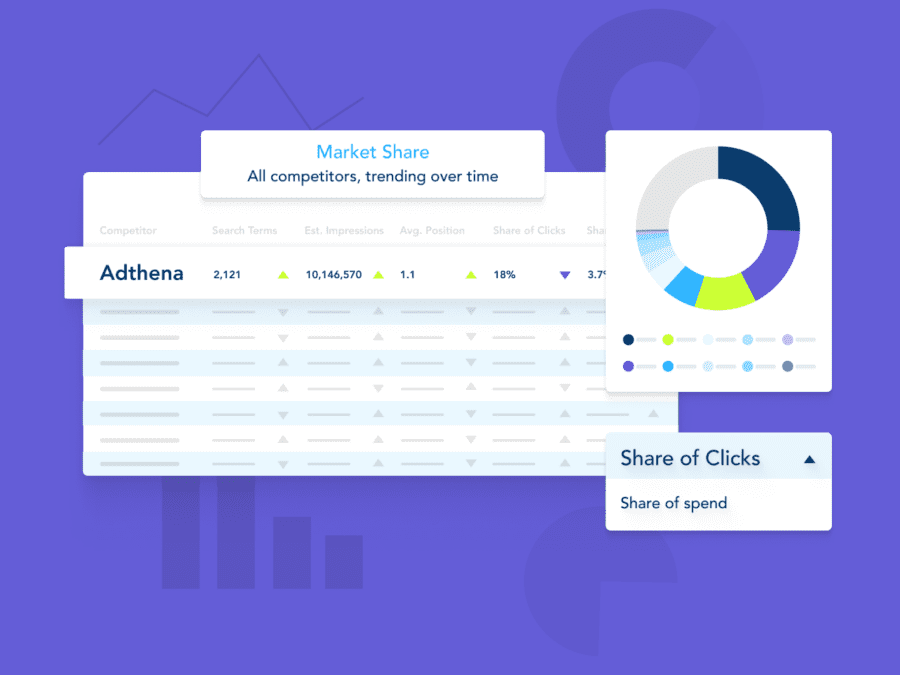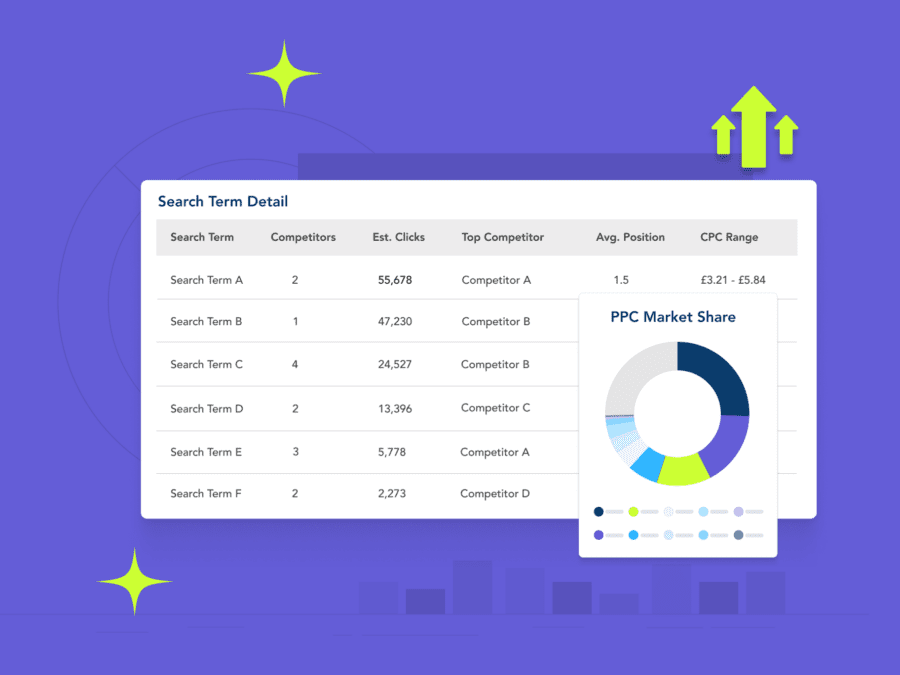Google Ads has established itself as a powerhouse for businesses seeking to expand their online presence and reach their target audience effectively. However, while setting up Google Ads campaigns might seem straightforward, achieving a high return on investment (ROI) is a more intricate process. One key element that can significantly impact the success of your Google Ads campaigns is the Quality Score.
What is Google Ads Quality Score?
Google’s Quality Score is a metric designed to assess the quality and relevance of your ads, keywords, and landing pages. It’s an essential part of Google Ads as it directly influences the cost per click (CPC), ad position, and, ultimately, the success of your campaigns.
Quality Score is measured on a scale of 1 to 10, with 10 being the highest. The higher your Quality Score, the more relevant and useful Google deems your ads to be, resulting in benefits such as lower costs and better ad placements.
So, how can you cultivate success in your Google Ads campaigns by mastering the Quality Score?
1. Optimize your keywords
Keywords are the backbone of your Google Ads campaigns. To boost your Quality Score, focus on refining your keyword selection. Use relevant keywords that match your ad copy and landing page. Avoid broad, generic keywords that might attract unqualified clicks. Specific and well-researched keywords can help improve your score.
Adthena’s search intelligence platform can help you uncover new keyword opportunities that you might not be appearing for, but your competitors are taking advantage of. With advanced keyword research, you can ensure you’re targeting the right keyword and focus on those that are most likely to improve your Quality Score.
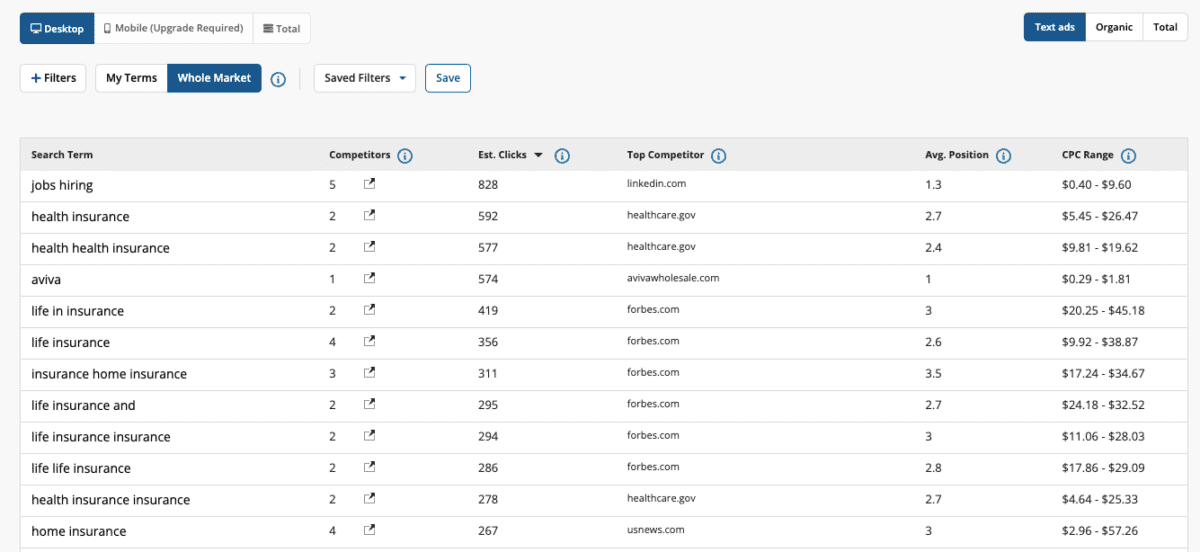
Above: Adthena’s Search Term Detail lets you see which terms have the most competitors appearing on them, as well as the volume potential and estimated cost.
It’s also crucial that where possible, you opt for long-tail keywords and use negative keywords to help manage advertising costs more effectively.
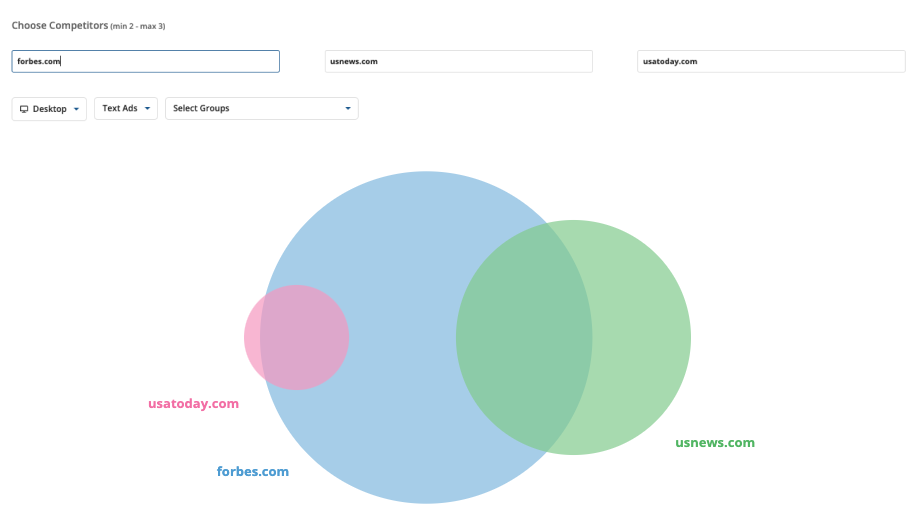
Above: Adthena’s Head to Head Comparison can help you identify missing keywords in top-performing generics.
Adthena’s Head-to-head comparison will also help uncover the gaps in search terms between you and your competitors across all of your core campaigns or product lines. You can see here that only 18.18% of search terms are shared by Forbes and US News, with Forbes in a dominant position with 99 search terms.
2. Craft high-quality ad copy
Your ad copy plays a vital role in determining your Quality Score. Create compelling and relevant ad text that directly relates to your keywords and the content on your landing page. Make sure your ads address the user’s intent and offer a clear call to action. A well-structured ad will not only improve your Quality Score but also attract a more engaged audience.
Adthena provides insights into the ad copy used by your competitors. By analyzing what works well for others in your industry, you can create more engaging and relevant ad copy that aligns with user intent and improves your click-through rate (CTR), a component of Quality Score.

Above: Adthena’s Creative Insights lets you see competitive phrases over a specific time period.
With Creative Insights, you can track the creative phrases your competitors are using across all of your search term groups and will alert you when a competitor starts using a new phrase, or phrases that are outperforming you. You can see that Forbes is using two new terms in their desktop ads; “find” and “best”, both of which this particular brand is not appearing for.
3. Enhance landing page experience
The landing page is where users are directed after clicking on your ad. A seamless landing page experience is crucial for achieving a high Quality Score. Ensure that your landing page is relevant to your ad and provides valuable content. It should load quickly, be mobile-responsive, and offer an intuitive user experience.
The relevance and quality of your landing pages are essential for a high Quality Score. Adthena can help you monitor the landing pages used by your competitors and identify best practices. This information enables you to improve your landing page experience to match user intent, which can positively impact your Quality Score.
4. Monitor ad relevance
Google assesses the relevance of your keywords, ad copy, and landing page as a whole. It’s essential to keep all these components aligned. Regularly review and update your ads to ensure they remain pertinent to your keywords and landing pages. This will not only improve your Quality Score but also the overall performance of your campaigns.
Adthena allows you to track the performance of your Google Ads campaigns, providing real-time data and insights. This enables you to identify areas of improvement and optimize your campaigns based on actual performance metrics. Regular monitoring and adjustments are key to maintaining a high Quality Score.
Top Ads allows you to analyze competitors’ ad copy and gain insights into the ad messaging, ad extensions, promotions, and CTAs that currently resonate with your customers. You can use these insights to create compelling ad copy that speaks directly to your target audience.
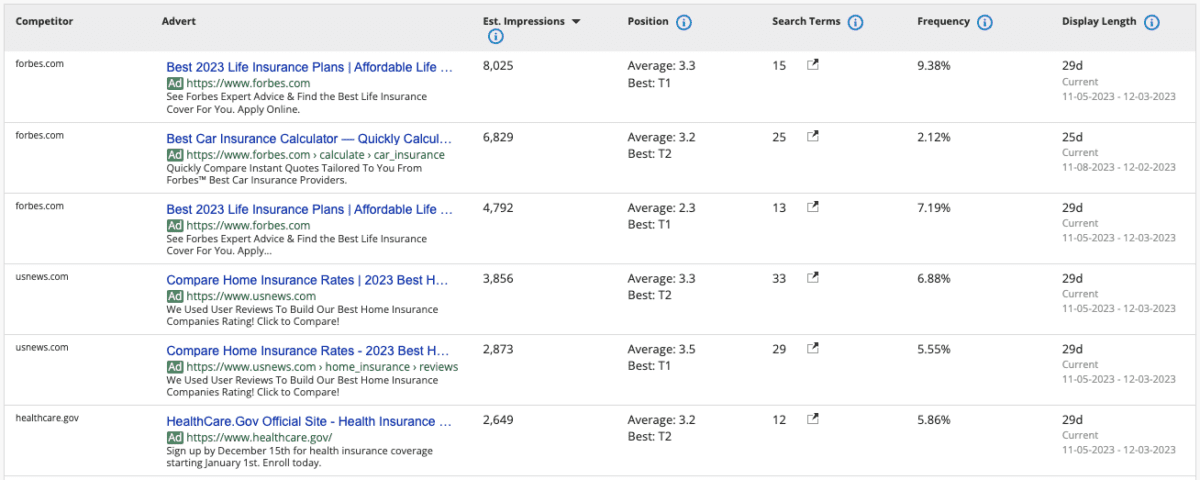
Above: Adthena’s Top Ads report shows top competitors for ‘Insurance’ keywords
Top Ads shows that Forbes is generating almost 4,000 impressions from their ad, while only using 3 search terms, outperforming competitors US News and Nerd Wallet.
5. Use negative keywords strategically
Negative keywords help you filter out irrelevant traffic and improve the quality of clicks your ads receive. By excluding keywords that don’t align with your target audience, you can enhance your Quality Score and reduce unnecessary spending.
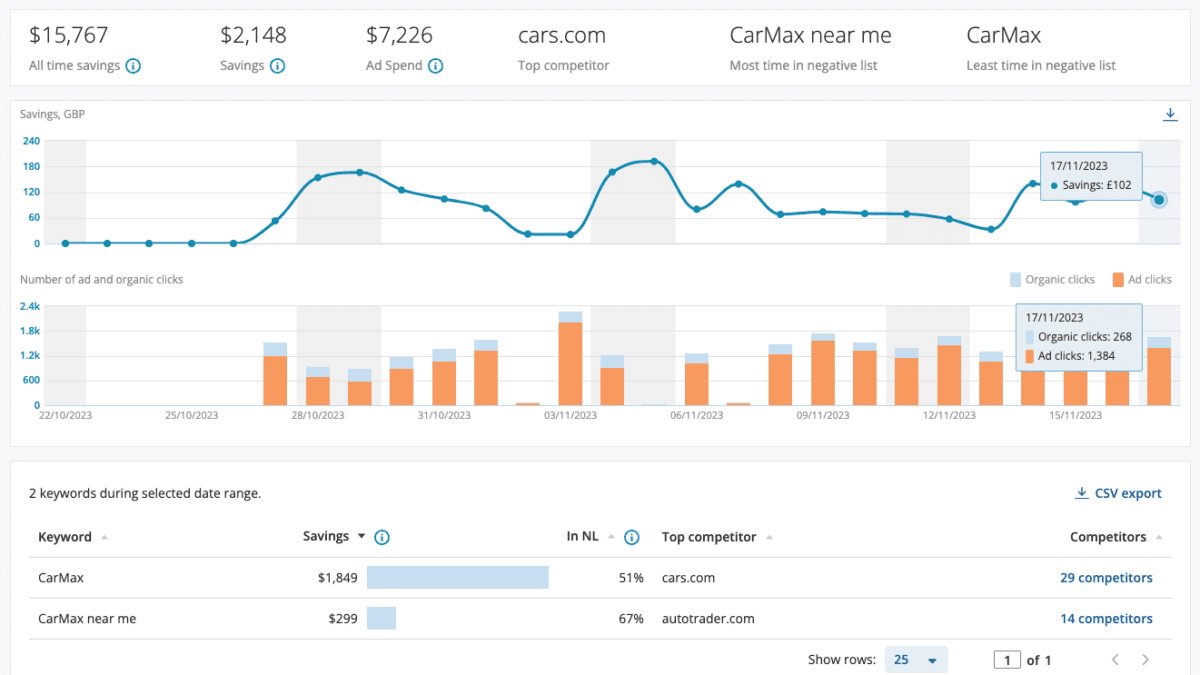
Above: Adthena’s Brand Activator adds and removes keywords from the negative keyword list in your Google Ads account.
When your brand is number one for a term in both paid and organic rankings, and you’re the only bidder, you shouldn’t be paying for that click. Adthena’s Brand Activator will index your brand terms to identify these terms and automatically add them to your negative keyword list and pause your bidding on them.

In this case, Brand Activator has identified 32 terms. By pausing the bidding on these, the savings are significant and can now be reinvested.
6. Test ad extensions
Ad extensions provide additional information to users and can positively impact your Quality Score. Experiment with different ad extensions, such as site link or callout extensions, to see which ones resonate most with your audience. A well-structured ad with extensions can enhance the user experience and boost your score.
7. Analyze and iterate
Finally, continuous analysis and optimization are key to success. Regularly monitor the performance of your Google Ads campaigns, focusing on your Quality Score, and make adjustments as needed. This ongoing effort will ensure your campaigns stay relevant and cost-effective.
Adthena can provide insights into industry benchmarks and standards, allowing you to compare your campaigns to what is considered best practice in your sector. This information can guide your efforts to improve Quality Score and overall campaign performance.
Optimizing your Quality Score is key
Mastering Google Ads Quality Score is essential for achieving a higher ROI. By optimizing your keywords, crafting high-quality ad copy, enhancing the landing page experience, and using negative keywords strategically, you can significantly improve your Quality Score.
Additionally, testing ad extensions and consistently analyzing and iterating your campaigns will keep them relevant and cost-effective. Cultivate success in your Google Ads endeavors, and you’ll reap the rewards of higher ROI and more efficient advertising campaigns.
Adthena can be a valuable tool for improving your Google Ads Quality Score by providing insights and data that enable you to optimize your campaigns effectively.


